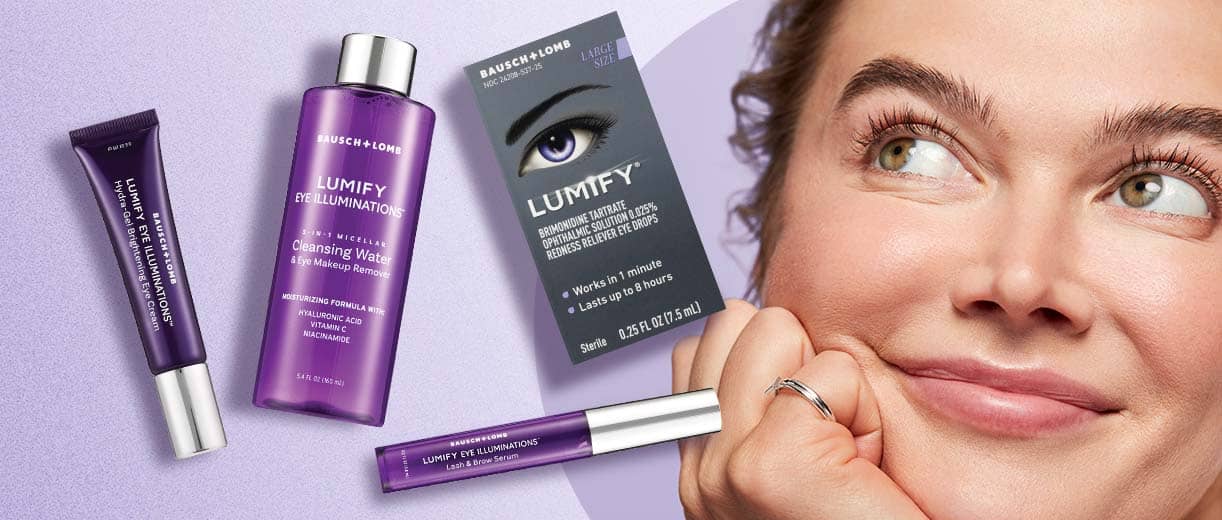Andalusia Pediatrics Clinics: Dedicated Look After Your Child's Health
Andalusia Pediatrics Clinics: Dedicated Look After Your Child's Health
Blog Article
The Pros and Cons of Various Refractive Surgical Procedures for Boosted Eyecare

LASIK Surgical Procedure
LASIK surgical procedure is a generally performed refractive procedure that aims to correct vision issues such as astigmatism, nearsightedness, and farsightedness. This medical strategy has gotten popularity as a result of its performance in providing patients with clearer vision and lowering their dependency on glasses or call lenses. During the treatment, a thin flap is produced on the cornea, and a laser is made use of to improve the underlying cells, remedying the refractive mistake. The flap is then repositioned, enabling for quick healing and minimal pain for the patient.
One of the main benefits of LASIK surgical treatment is the quick improvement in vision experienced by many clients. It is crucial for individuals considering LASIK surgical treatment to go through a thorough examination by an eye care professional to determine if they are appropriate prospects for the treatment.
PRK Treatment
The PRK treatment, likewise referred to as Photorefractive Keratectomy, is a sort of refractive surgery that intends to deal with vision concerns similar to LASIK surgical treatment. Unlike LASIK, which includes developing a flap in the cornea, PRK services the surface area layer of the cornea. Throughout the PRK procedure, the external layer of the cornea, called the epithelium, is eliminated to allow reshaping of the underlying corneal tissue with an excimer laser. This reshaping helps to correct refractive mistakes such as astigmatism, nearsightedness, and farsightedness.
Among the benefits of PRK over LASIK is that it gets rid of the risk of flap-related problems given that no flap is produced during the surgical treatment. This can be useful for people with slim corneas or those entailed in call sporting activities where eye trauma is an opportunity. The recovery time for PRK is normally much longer compared to LASIK, as the external layer of the cornea requires time to regenerate after the treatment. In spite of the longer healing duration, PRK can be an ideal alternative for people seeking vision adjustment surgical procedure.
SMILE Surgical Treatment
A cutting-edge refractive surgery strategy acquiring popularity in the field of ophthalmology is SMILE Surgical treatment. Little Laceration Lenticule Removal (SMILE) is a minimally invasive procedure that corrects vision by improving the cornea using a femtosecond laser. Unlike standard LASIK surgical treatment, SMILE Surgery entails producing a small incision in the cornea to draw out a lenticule, which causes less disturbance to the corneal structure and potentially quicker healing times.
One of the main benefits of SMILE Surgical treatment is its capability to treat myopia (nearsightedness) and astigmatism with high precision, leading to superb aesthetic outcomes for people. The minimally intrusive nature of the treatment also minimizes the threat of issues such as dry eye disorder, making use this link it a desirable option for people looking for refractive surgery.

LASEK Method
Having actually checked out the advantages and factors to consider of SMILE Surgery, another notable refractive surgery technique worth analyzing is the LASEK Strategy. LASEK, which represents Laser-Assisted Subepithelial link Keratectomy, is a kind of laser eye surgical procedure that intends to fix refractive mistakes such as myopia (nearsightedness), hyperopia (farsightedness), and astigmatism.
Unlike LASIK, LASEK does not include creating a corneal flap. Instead, during a LASEK treatment, the doctor uses a watered down alcohol option to loosen up the thin outer layer of the cornea, understood as the epithelium.
Among the key advantages of LASEK is that it can be appropriate for people with slim corneas who may not be great prospects for LASIK. In addition, LASEK generally leads to marginal post-operative pain and a quicker recovery time compared to PRK. The aesthetic healing procedure with LASEK may be somewhat longer than with LASIK.
Implantable Contact Lenses
Implantable Get in touch with Lenses use a long-term vision adjustment option for people seeking a choice to standard call lenses or glasses. These lenses, likewise known as phakic intraocular lenses, are operatively placed into the eye to remedy refractive mistakes such as myopia (nearsightedness), hyperopia (farsightedness), and astigmatism. cardiologist andalusia. Unlike typical get in touch with lenses that rest on the surface of the eye, implantable contact lenses function within the eye itself, providing clear vision without the demand for day-to-day maintenance or elimination
Among the essential advantages of implantable call lenses is their permanence. Once placed, they can stay in the eye forever, offering pop over here steady and constant vision adjustment. Furthermore, these lenses can be an excellent alternative for individuals who are not excellent candidates for laser eye surgery or who favor a relatively easy to fix vision correction treatment.
Nonetheless, implantable get in touch with lenses do lug some dangers, consisting of the potential for cataracts or raised eye stress. It is vital for individuals considering this choice to talk to an eye care professional to figure out if implantable call lenses are the ideal choice for their particular requirements and eye wellness.
Final Thought
In conclusion, each kind of refractive surgical treatment has its very own benefits and downsides. LASIK surgical treatment is popular for its fast healing time, while PRK procedure might be suitable for people with thin corneas.

In General, SMILE Surgery provides an appealing alternative for individuals looking to enhance their vision via refractive surgical treatment.
Report this page